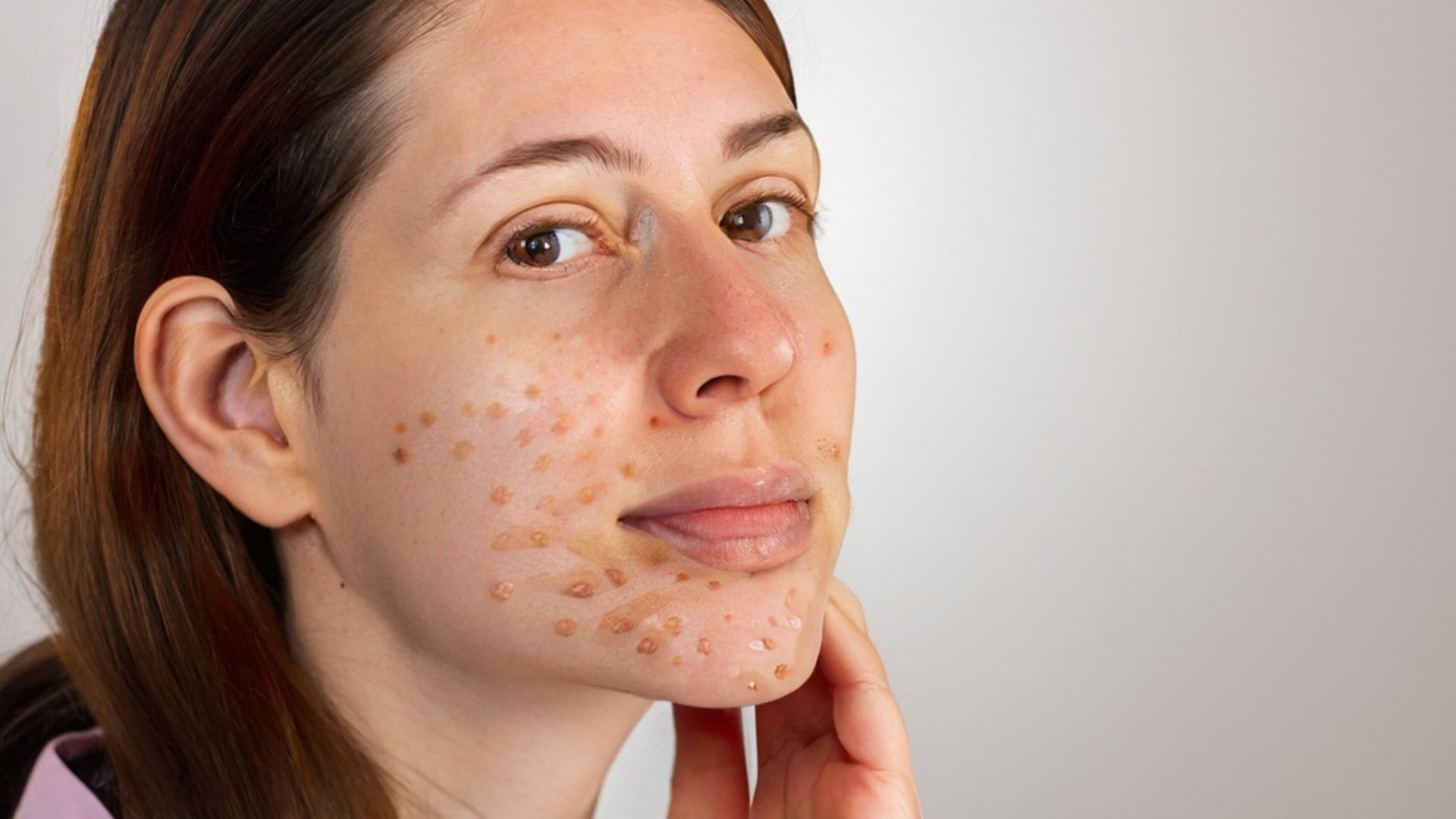

How to Detect Skin Diseases: Exam Tips & Red Flags
Detecting skin diseases can be both simple and complicated, as it’s unclear which one requires attention. You need to pay close attention to moles and lesions. If you are confused or have doubts about when to report to a skin specialist, do not worry, because we will tell you when the right time is.
Certain changes might indicate that the skin has issues or hidden diseases. This guide will be your ultimate solution. Learn when to seek expert advice and when your body needs certain changes.
When to Visit for a Skin Exam?
A dermatologist conducts a skin examination, and you must visit for a skin check-up at least once a year. You must visit sooner if you notice any concerning changes on your skin, such as new or changing moles, persistent rashes, or unexplained skin changes.
Urgent attention is needed for suspicious moles, severe allergic reactions, or painful rashes. Here are some more reasons to visit your healthcare professional:
- A yearly full-body skin exam is a must for everyone, especially if you have a family history of skin cancer, a personal history of skin cancer, or other risk factors.
- Individuals with blonde or red hair, light eye colour, and skin that sunburns easily may need more frequent exams, potentially every 3-6 months.
- A suspicious mole that is different in size, colour, texture, or bleeds may indicate immediate attention from a skin specialist. It might be a sign of a serious type of skin cancer, melanoma.
- If you have persistent acne, rashes, or unexplained skin changes that don’t improve with over-the-counter treatments, seek professional advice.
- Uneven rashes, pain, redness, and severe itching that unexpectedly appear should also be evaluated by a dermatologist.
A comprehensive skin check near me should be your next step for proper skin care.
Skin Examination Tips: Prepare Yourself Beforehand
Some easy and essential tips will help you get an easy-going skin examination. Just a few things to consider before your visit, and you are done:
- Take pictures of any new or changing moles or other areas of concern to help the dermatologist assess them.
- Wear loose-fitting clothing that allows for easy access to your skin. Make a list of your medical history, including any past skin conditions, allergies, and current medications.
- Avoid tanning or excessive sun exposure before your appointment, as this can alter your skin’s appearance and make it harder to detect any underlying issues.
- Makeup and nail polish can obscure skin conditions and make it difficult for the dermatologist to assess your skin accurately.
- Remove any bandages, braces, or other coverings that may be concealing your skin. Keep your hair loose to allow for a full examination of your scalp.
Now you are ready for your examination.
What Are The Red Flags in Skin Diseases?
Red flags in skin diseases can be an indication that immediate expert advice is now needed. You need to watch for certain things, including any mole or skin lesion that appears different in size, shape, or colour, or begins to itch or bleed, which may indicate malignant melanoma or other skin cancer.
Skin ulcers that don’t heal within weeks can signal underlying issues like diabetes, squamous cell carcinoma, or chronic infections such as cutaneous tuberculosis. Blisters accompanied by sores in the mouth, eyes, or genital area may be serious conditions like pemphigus vulgaris or Stevens-Johnson Syndrome, both requiring urgent care.
A rash with fever, weight loss, or joint pain may indicate autoimmune diseases like lupus or systemic infections. Painful, swollen skin that spreads quickly, especially with fever, could indicate severe infections like cellulitis or necrotising fasciitis. Persistent itching without a visible rash can be an early sign of internal disorders such as chronic kidney disease, liver problems, or cancers like lymphoma.
These red flags can’t go unnoticed in any situation and are the serious signs of skin diseases, including skin cancer, infection or other issues. A specialist intervention on time can save you from facing serious complications. A skilful practitioner may recommend many treatment options and prepare a personalised treatment plan according to your skin condition.
Final Thoughts
Skin examination becomes a need when certain changes like changes in the mole’s size, colour or shape, new growth or bleeding mole start appearing. Lesions also indicate an urgent skin test or practitioner’s intervention.
Some red flags, like painful rashes, rapid spread of hives or excessive swelling, demand a comprehensive skin examination. You need to visit early to fewer the complications and elevate the procedure’s sucess. Be prepared for questioning on medical or family history and other signs and symptoms.

